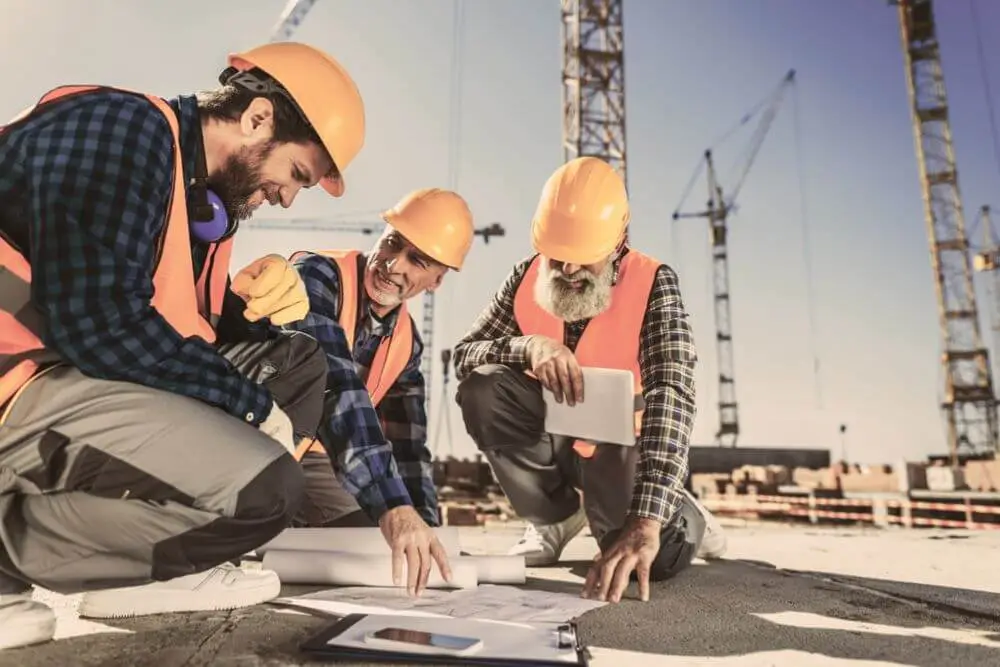130 Hour – Construction Safety and Health Specialist
Construction industry workers and employers can optimize their safety training with this highly valued program. It offers the perfect blend of quality, value, and convenience to ensure that everyone gets the most out of their experience!
4.9 (1,954 Ratings)
Course Features
What you’ll learn
Supervisors in the construction industry are invaluable to a world-class safety culture. As an “agent of the employer,” and the first-line representative of management, every supervisor has a legal obligation to understand his or her safety responsibilities in the workplace.
This program helps supervisors develop the knowledge and skills to fulfill those responsibilities and be an effective leader. By completing this program, students will understand how safety supervisor responsibilities apply to the construction industry.
This training program is designed for site safety supervisors, officers, or other individual’s responsible for managing front line employees in the construction industry.
This program also benefits individuals seeking to reach their career goal of becoming a construction site safety supervisor. This program helps you develop the essential skills you will need for your future job as a safety supervisor.
Becoming a true safety leader is not a one-stop destination, but rather a continual journey. It is important you stay current in the construction industry and know how to apply safety to be successful. By completing this program, you will be able to:
- Develop your safety and leadership skills within the construction industry.
- Stay current on OSHA’s regulations.
- Learn how to effectively investigate accidents.
- Monitor construction employees.
- Evaluate safety management systems.
To qualify for this program certificate, students must complete all required courses.
- 611 Nail Gun Safety
- 612 Work Zone Traffic Safety
- 702 Effective Accident Investigation
- 705 Hazard Communication Program
- 706 Conducting a Job Hazard Analysis
- 709 Personal Protective Equipment
- 710 Energy Control Program – LOTO
- 711 Introduction to Ergonomics
- 712 Safety Supervision and Leadership
- 715 Electrical Safety Basics
- 717 Emergency Action Plans
- 718 Fire Prevention Plans
- 725 Forklift Safety
- 726 Introduction to Machine Guarding
- 744 Working with OSHA
- 800 Into to Construction Safety Mgmt
- 802 Trench and Excavation Safety
- 804 Scaffold Erection and Inspection
- 805 Fall Protection in Construction
- 806 Focus Four – Falls
- 807 Focus Four – Caught-In/Between
- 808 Focus Four – Struck-By
- 809 Focus Four – Electrocution
- 810 Hand and Power Tool Safety
- 813 Construction Work-site Safety
- 814 Heavy Equipment Safety
- 815 Demolition Safety
- 816 Confined Spaces in Construction
- 820 Cranes and Derrick Safety I
- 821 Cranes and Derrick Safety II
- 850 Health Hazards in Construction
Related Courses
In addition to the topics covered in this course, many other related courses can provide additional information and resources. Here are some popular ones.
12+
Years Of Experience
15K+
Qualified Students
10+
Certified Trainers
100+
Courses & Programs
Testimonials
What Students are Saying
Check out our students’ testimonials and know how our institution has created a mark in the arena of professional education & training.
The Future Belongs To Those Who See Possibilities Today
At Safety Institute Pakistan, we understand the importance of preparing for the future. We strive to provide our students with quality education and training that will equip them with the skills and knowledge needed to be successful in their fields.
We are dedicated to helping our students find career success, so they can positively contribute to society. With our courses and qualifications, we are sure that you will be able to find success in your career path.




